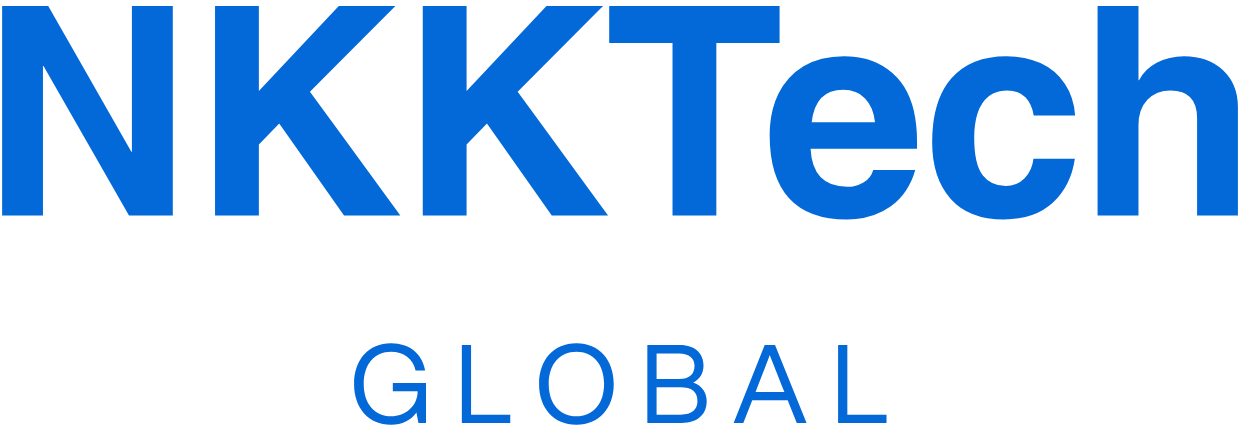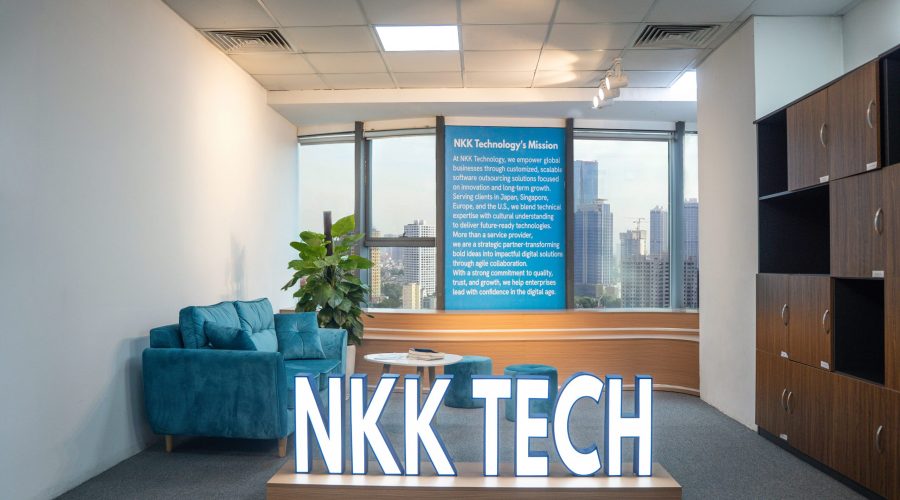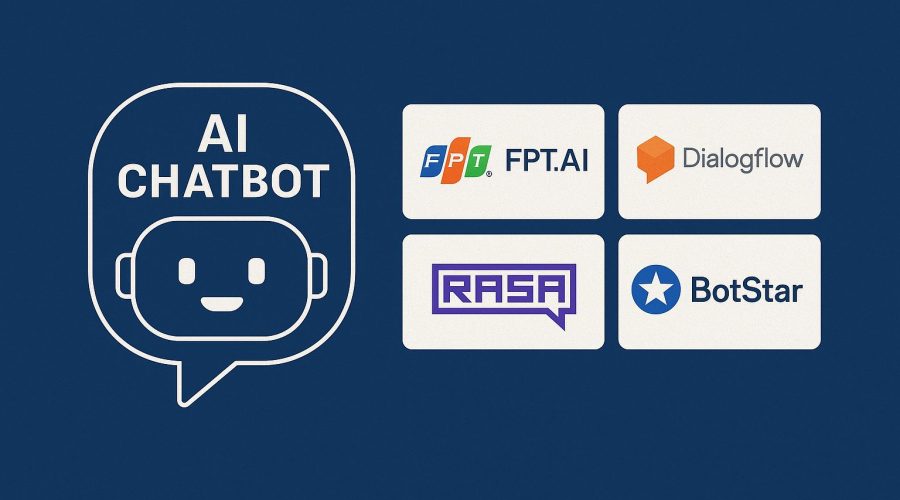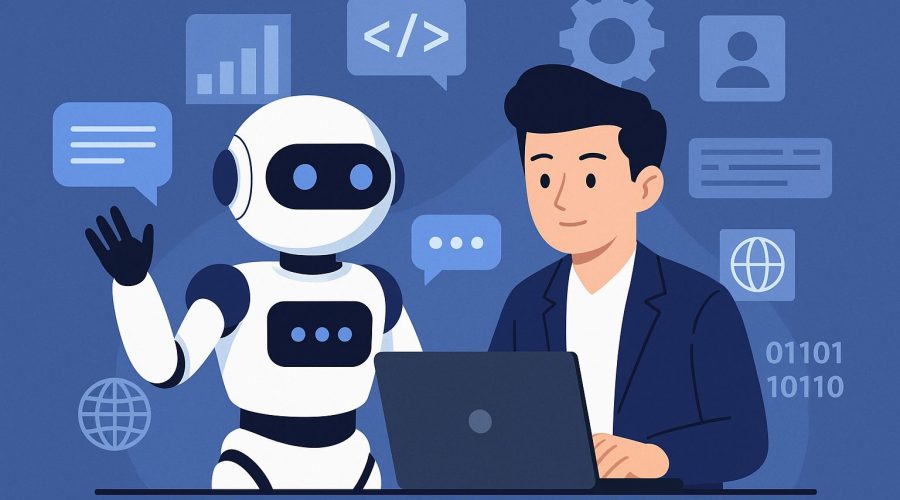Chatbot Technology: The Key to Revolutionizing Customer Interactions
In the era of digitalization, fast and efficient customer interaction is a crucial factor for businesses to break through. Here, chatbot technology emerges as a breakthrough solution, helping you automate conversations, serve customers 24/7, and enhance the overall experience. This Nokasoft article will delve deeper into the potential of chatbots, from basic definitions to effective deployment methods.
Table of Contents
- What is a Chatbot? Definition and Operating Mechanism
- Outstanding Benefits of Chatbot Technology in Business
- Popular Types of Chatbots Today
- How to Effectively Implement Chatbot Technology for Businesses
- The Future of Chatbot Technology: New Trends and Potential
What is a Chatbot? Definition and Operating Mechanism
A chatbot, also known as a virtual assistant, is a computer program designed to simulate and process human-to-computer conversations. They can understand questions, provide information, and perform simple tasks through text or voice interfaces. The primary goal of a chatbot is to provide quick and accurate responses to users, regardless of time or location.
Essentially, there are two main types of chatbots based on their operating mechanism. First, there are rule-based chatbots. These chatbots operate based on a set of pre-programmed rules and scripts. They can only answer questions or process requests within the defined script’s scope. For example, if a customer asks about “opening hours,” the chatbot will respond based on pre-set information. However, they struggle with questions outside their script.
Second are chatbots that use artificial intelligence (AI-powered chatbots). This type is much more advanced, utilizing technologies such as natural language processing (NLP) and Machine Learning. They can understand context, user intent, and learn from previous interactions to improve their response capabilities. This helps AI chatbots provide more flexible and natural answers, akin to conversing with a real person. For instance, an AI chatbot can understand the difference between “I want to book a ticket” and “my ticket was canceled” even if the keywords are similar. With the development of chatbot technology, the understanding and response capabilities of AI chatbots are continuously enhanced, providing a smoother user experience.
Outstanding Benefits of Chatbot Technology in Business
Integrating chatbot technology brings numerous benefits to businesses, from improving efficiency to optimizing customer experience. One of the most obvious advantages is the ability to provide 24/7 customer support. Chatbots don’t rest; they can answer inquiries, provide product information, or guide processes at any time. This is especially crucial for global businesses or those with customers in multiple time zones.
Furthermore, chatbots significantly contribute to the automation of repetitive tasks. Instead of employees answering hundreds of similar questions daily, chatbots can handle them quickly and consistently. As a result, employees can focus on more complex issues that require human intervention. This not only helps save personnel costs but also enhances the overall productivity of the team.
Chatbots also help personalize the customer experience effectively. With the ability to store and analyze data from previous conversations, chatbots can offer relevant product suggestions, provide personalized offers, or remember user preferences. This creates a feeling of being valued and understood, thereby increasing customer satisfaction and loyalty. In addition, using chatbots helps businesses collect valuable data on customer behavior and needs, serving future business strategies. In practice, investing in chatbot technology is becoming an inevitable trend for many businesses looking to compete and develop sustainably.
Popular Types of Chatbots Today
Today’s chatbot technology market is quite diverse, with many types of chatbots developed to meet different business and user needs. Understanding each type will help you choose the most suitable solution. As mentioned, rule-based chatbots are the most basic type. They operate according to a predefined decision tree, where each question leads to a specific answer or a series of subsequent questions. This type is easy to build and suitable for simple, clearly scripted tasks such as providing FAQ information or basic instructions.
In contrast, AI chatbots or conversational chatbots are much more complex systems. They use artificial intelligence (AI) algorithms, Machine Learning, and natural language processing (NLP) to understand and respond to more complex requests. A typical example is e-commerce chatbots that can suggest products based on your shopping history or customer service chatbots that can resolve complex issues without human intervention. Moreover, they have the ability to learn and improve over time, enhancing the accuracy and naturalness of conversations.
Additionally, we also have multi-platform integrated chatbots. These chatbots not only operate on a website but can also be deployed on popular messaging apps like Facebook Messenger, Zalo, WhatsApp, or Telegram. This helps businesses reach customers where they feel most comfortable, providing a seamless experience. For example, a restaurant can use a chatbot on Facebook Messenger for table reservations, or a fashion store can send promotional notifications via Zalo. Overall, the diversity of chatbot technology allows businesses to be more flexible in choosing and implementing optimal solutions for their goals.
How to Effectively Implement Chatbot Technology for Businesses
To successfully implement chatbot technology, businesses need a clear strategy and systematic implementation steps. The first and most crucial step is to define specific goals. What problems do you want the chatbot to solve? Customer support? Lead generation? Or sales automation? Clearly defining goals will help you shape the scope and features required for the chatbot. For example, if the goal is customer support, the chatbot needs to be trained on frequently asked questions and support procedures.
Next, choosing the right platform and tools is absolutely essential. There are many chatbot building platforms available on the market, from simple drag-and-drop tools to more complex frameworks for developers. For small and medium-sized businesses, user-friendly platforms like ManyChat, Chatfuel, or Botpress can be good choices. Meanwhile, large enterprises may require customized solutions with more powerful APIs. A prime example of building effective chatbots is the Nokasoft blog, which shares much useful knowledge about technology and digital solutions: Nokasoft Blog.
After selecting a platform, you need to focus on designing the conversation flow. This is the step where you build interaction scripts, determine the questions the chatbot can answer, and how it will respond. The conversation flow must be coherent, natural, and easy to understand. Furthermore, don’t forget to continuously test and optimize the chatbot. After deployment, monitor the chatbot’s performance, collect user feedback, and adjust scripts, adding training data to improve its understanding and response capabilities. This helps the chatbot become smarter and provide higher value to the business, ensuring that your chatbot technology operates at its optimal level.
The Future of Chatbot Technology: New Trends and Potential
Chatbot technology is constantly evolving and promises to bring significant innovations in the future. One of the most prominent trends is the advancement of AI, especially Deep Learning and Large Language Models (LLMs). These technologies help chatbots not only understand superficial meaning but also grasp nuances and emotions in conversations. This opens up the possibility for chatbots to conduct more complex, highly personalized, and human-like conversations.
The second trend is the deep integration of voice, meaning the development of voice bots. With the popularity of virtual assistants like Siri, Google Assistant, and Alexa, users are increasingly familiar with voice interaction. In the future, chatbots will not only be limited to text interfaces but will also be able to respond and communicate naturally by voice. This is particularly useful in situations where typing is inconvenient, such as while driving or doing housework. Furthermore, it expands accessibility for users with impaired vision or difficulty typing.
Finally, chatbots will become increasingly omnichannel and smarter in context switching. Instead of operating on just one platform, future chatbots will be able to seamlessly switch between channels such as websites, mobile apps, social media, and even IoT devices. As chatbot technology matures, they will become an indispensable part of a business’s interaction ecosystem, providing a unified and seamless experience for customers across all touchpoints. The ability to solve complex problems, continuously learn, and provide hyper-personalized experiences are the significant potentials of chatbots in the future.
Chatbot technology is not just a support tool but also a crucial strategy that helps businesses optimize interactions, enhance efficiency, and create superior customer experiences. From automating simple tasks to providing 24/7 support, chatbots are changing the way we do business. Embracing and effectively implementing this technology will be a key factor in maintaining a competitive advantage in an increasingly digitalized market.




